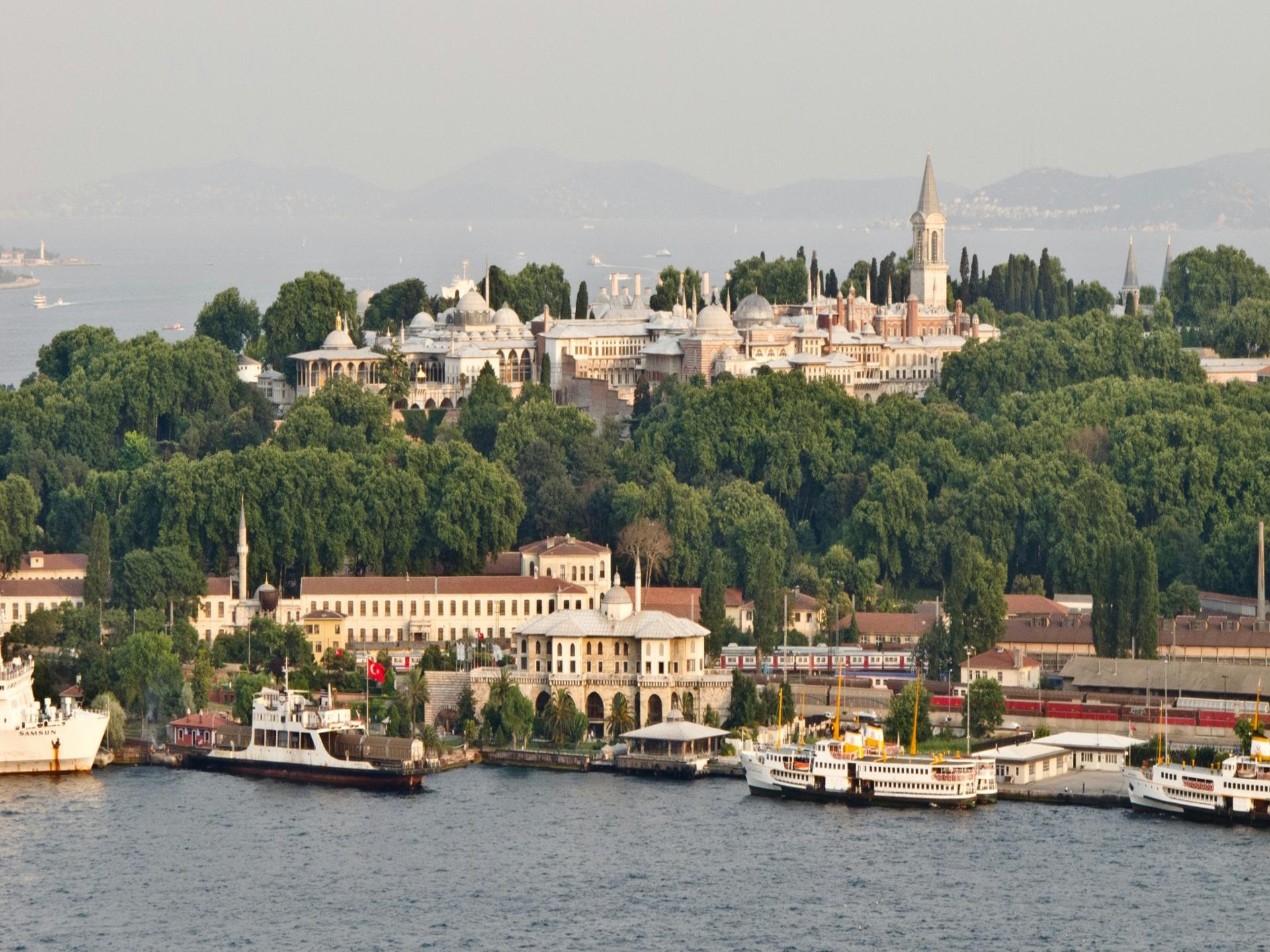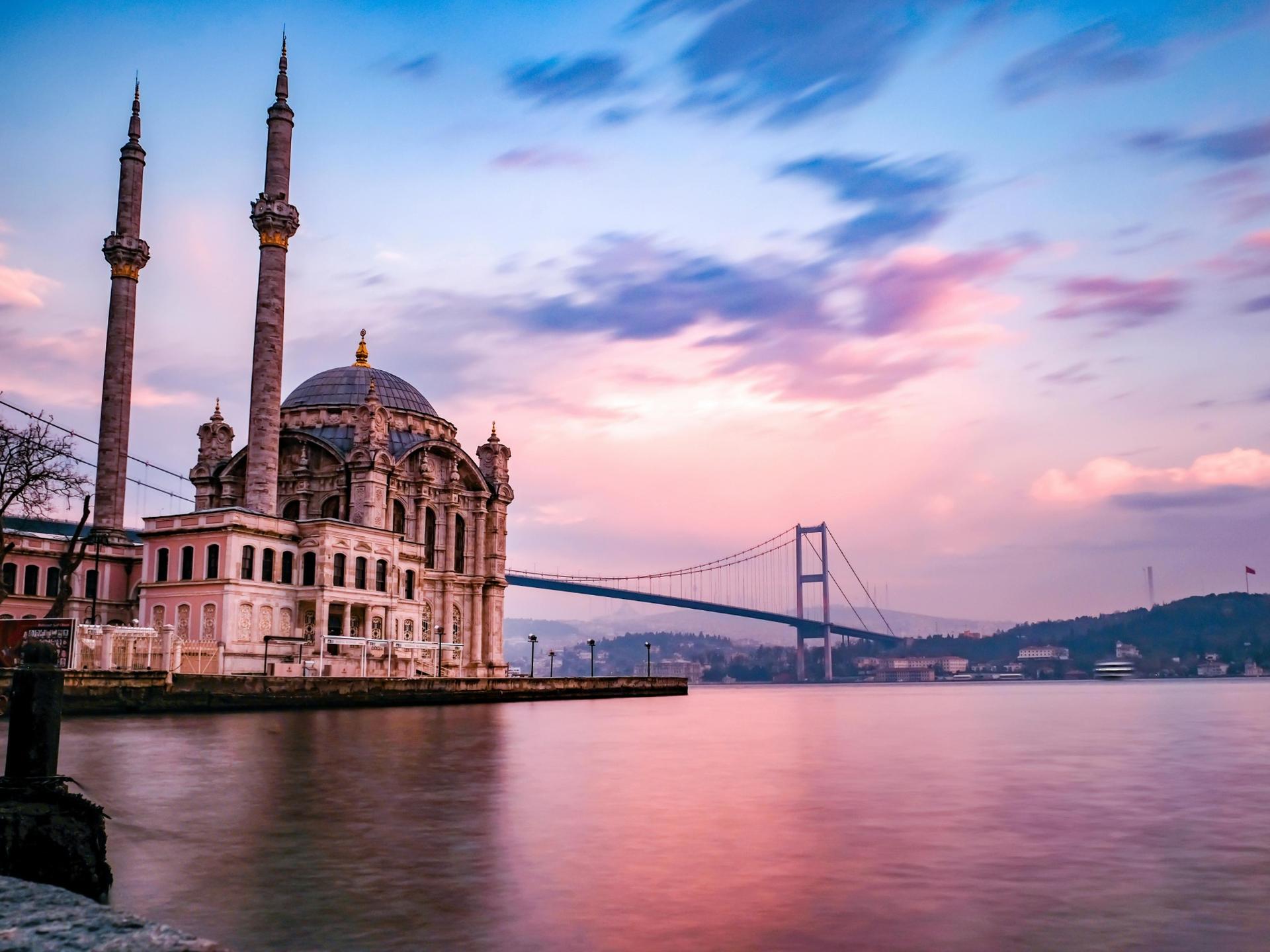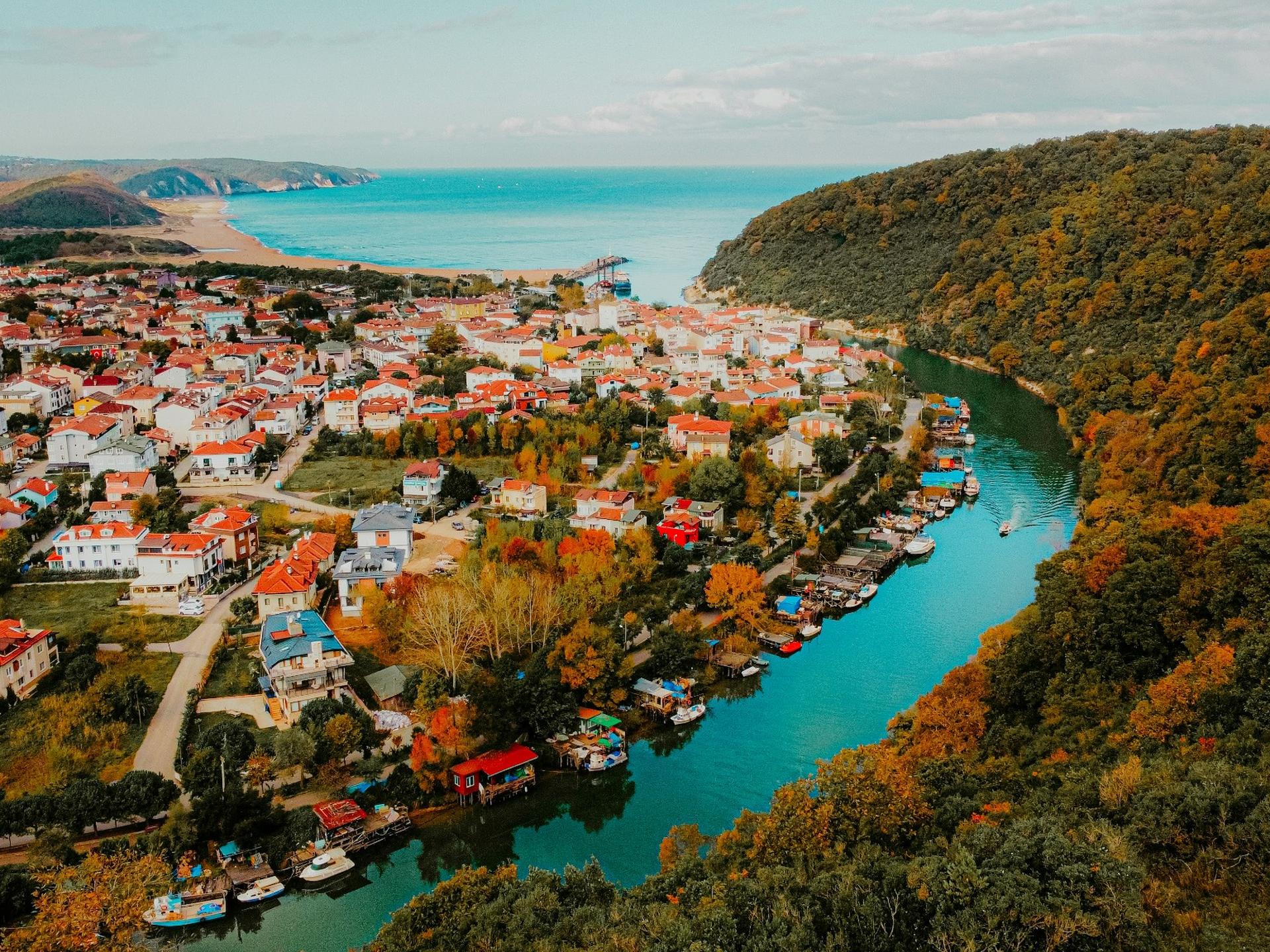UNESCO Heritage Sites Near Istanbul
- 15 October 2025
- 7 minute
- Places To Visit
With its Historic Peninsula and Süleymaniye, Istanbul itself is already a UNESCO World Heritage city. But its surroundings also host numerous UNESCO treasures that you can reach with just a few hours’ journey.
Before we introduce the UNESCO World Heritage sites near Istanbul, we’d like to offer a mini briefing for those who may not know what UNESCO is and why it matters.
What Is UNESCO?
UNESCO is a United Nations agency that works in the fields of education, science, and culture. Founded in 1945, its main purpose is to protect humanity’s shared values and support cultural diversity. Since its establishment, it has identified and safeguarded cultural and natural heritage sites around the world.
UNESCO’s work is not limited to historical sites. From keeping languages alive and supporting traditional arts to protecting nature reserves and running education projects, it operates across a wide spectrum, playing a crucial role in passing humanity’s common heritage on to future generations.
What Does It Mean to Be on the World Heritage List?
The UNESCO World Heritage List, which we often hear about, is a prestigious record of properties that possess outstanding universal value to humanity. Every site that makes the list is recognized and protected at the international level. In other words, being included in UNESCO’s lists in a sense guarantees that a site will be preserved and sustained.
Countries add cultural or natural areas they value to the Tentative List. This list is a kind of “candidate pool.” When UNESCO inscribes them on the Permanent List, they are then recognized as the common heritage of all humanity and begin to receive international support for their protection.
UNESCO Sites Around Istanbul
Bursa and Cumalıkızık (Approximately 2 hours)
As the first capital of the Ottoman Empire, Bursa holds a very special place in history, with the elegant tiles of the Green Tomb, the historic atmosphere of Koza Han, and the grandeur of the Grand Mosque, making it feel like an open-air museum.
At the foothills just outside Bursa lies the village of Cumalıkızık, which is in a class of its own. This Ottoman village, which has survived to the present day with its 700-year history, takes visitors on a unique journey through time with its cobblestone streets, bay-windowed houses, and wooden structures. The village’s inclusion on the UNESCO list is not limited to its architecture; it is also tied to its preserved village layout.
On a day trip to Bursa and Cumalıkızık, you can witness the early Ottoman heritage, spend a peaceful day in natural surroundings, take beautiful photos in the shade of historic houses, and sample local delicacies.
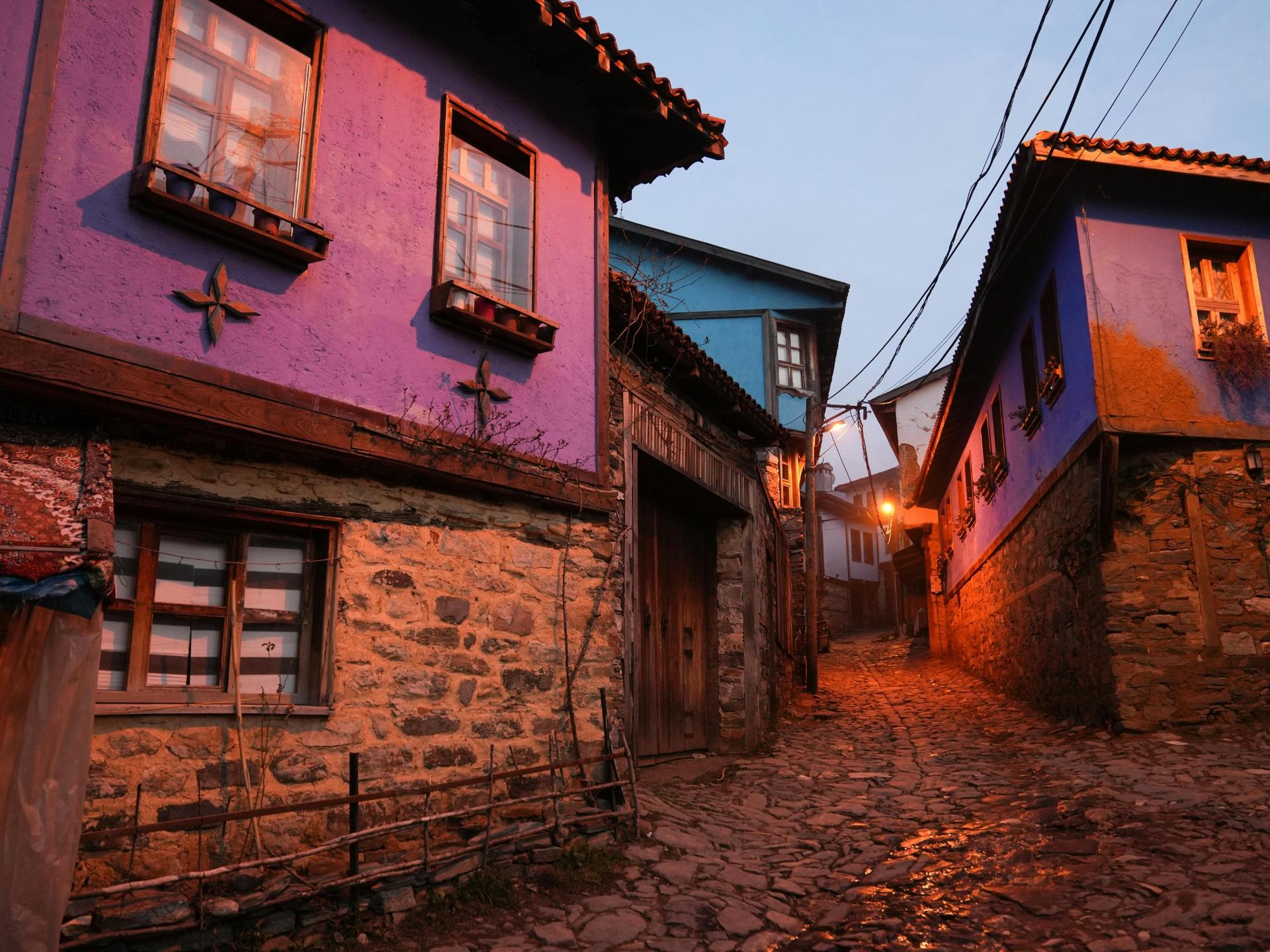
Selimiye Mosque and Complex in Edirne (Approximately 3 hours)
One of the most magnificent works of Ottoman architecture, the Selimiye Mosque is known as the masterpiece of Mimar Sinan. With its 31.5-meter dome and slender minarets, it inspires admiration not only technically but aesthetically as well, and it entered the UNESCO World Heritage List in 2011.
Today, the complex is more than a place of worship. With its madrasas, courtyard, and bazaar, Selimiye functions as a cultural center. When you visit, you can also see traces of the social life of the era. While Selimiye alone is a compelling reason to come to Edirne, the city’s historic bridges, old bazaars, and famous fried liver are also worth experiencing.
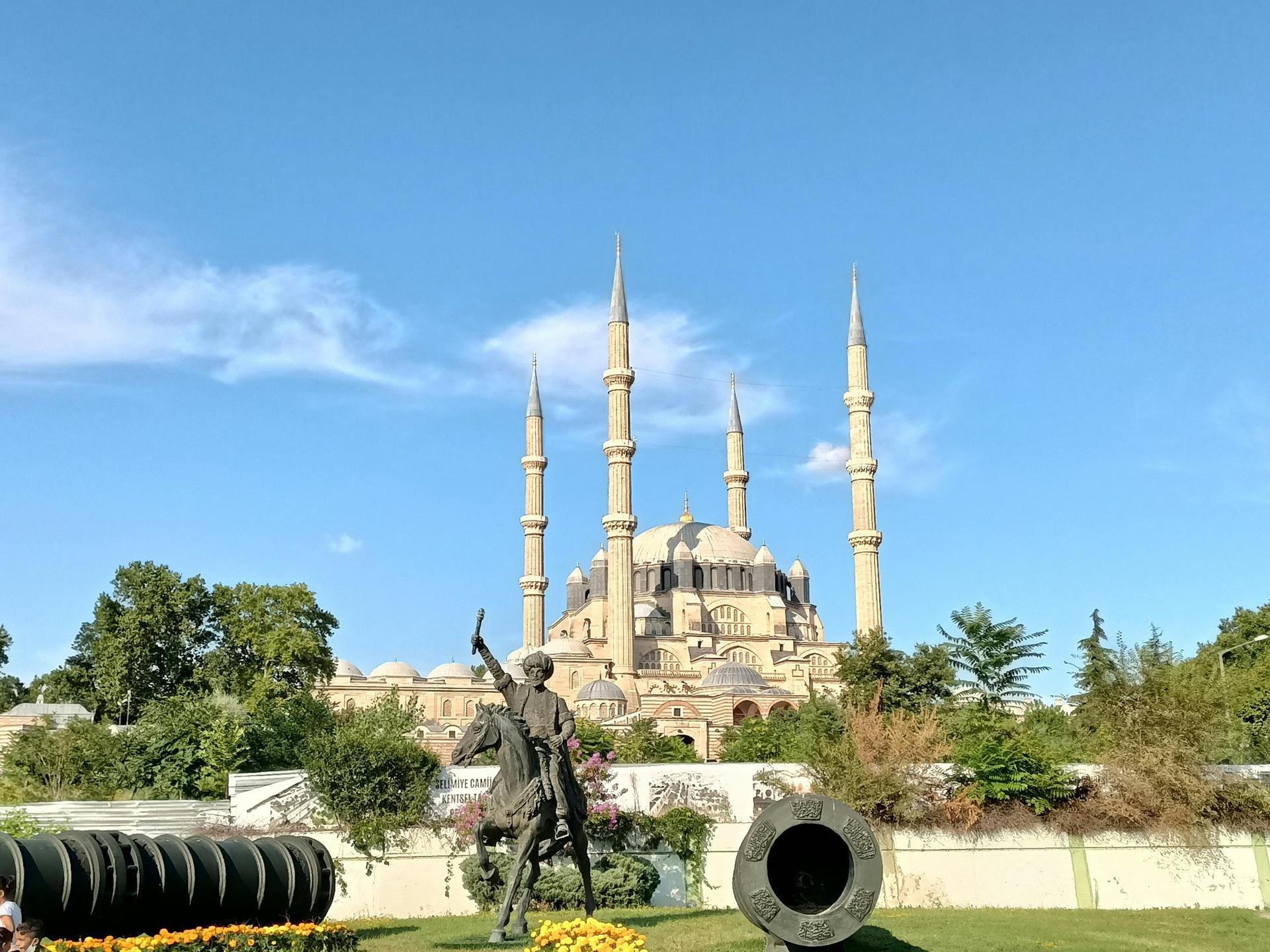
Safranbolu (Approximately 5 hours)
Inscribed on the UNESCO World Heritage List in 1994, Safranbolu is one of the best-preserved examples of Ottoman urban fabric. With its wooden bay-windowed houses, stone-paved streets, and historic bazaar, Safranbolu is practically a living open-air museum. Throughout history, it was an important stopover on caravan routes, which made it one of the hubs of trade in the Ottoman period.
Today, there are more than 1,200 traditional houses you can visit in Safranbolu. Structures like Cinci Han, the Arasta Bazaar, and the historic baths are among the key landmarks that shed light on the city’s past.
It may not be ideal for a day trip, but it’s perfect for a weekend. In Safranbolu, you can stay in historic mansions, buy local products, and especially taste desserts made with saffron.
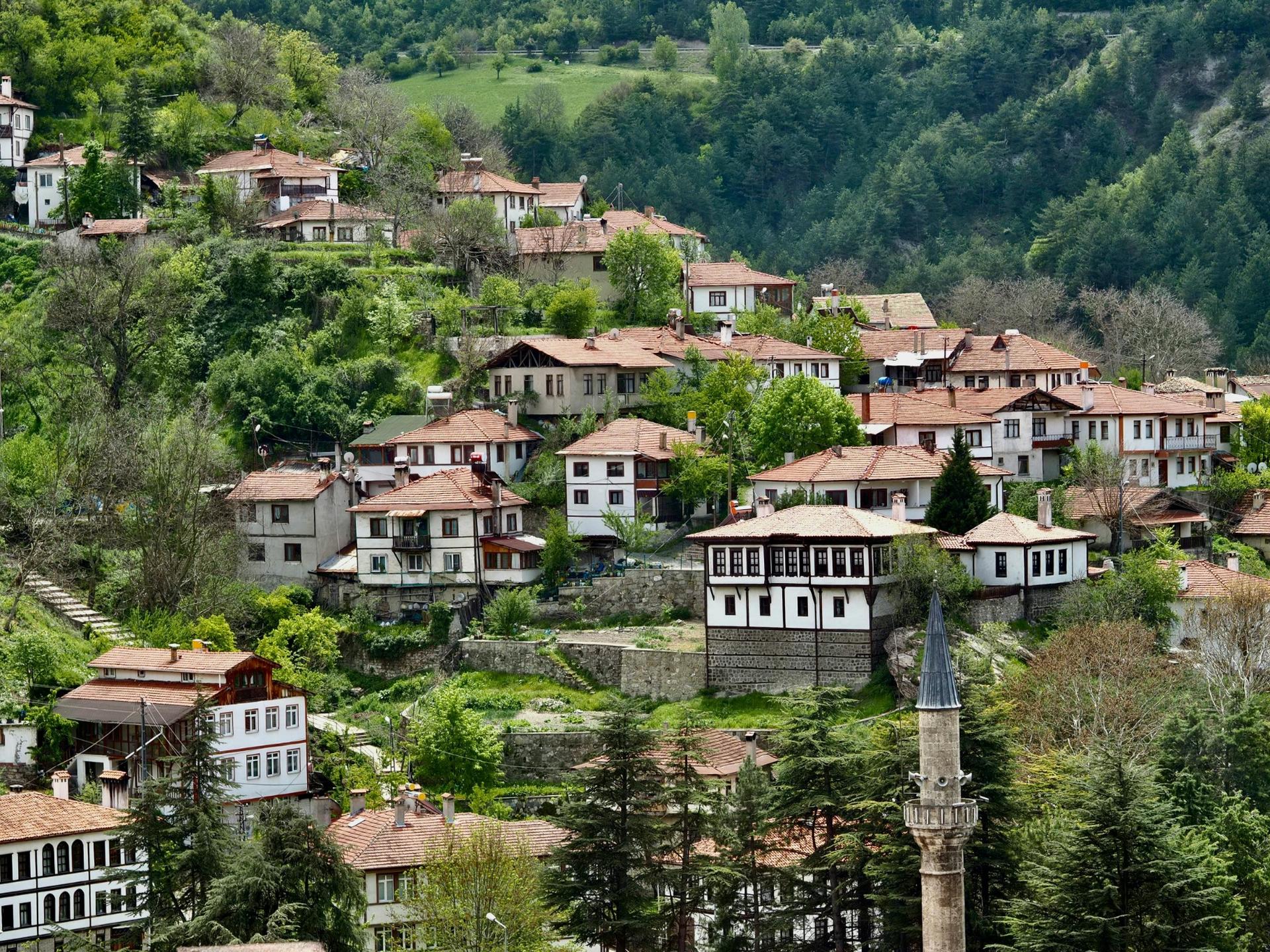
İznik (Approximately 2.5 hours – Tentative List)
Known as the “Capital of Civilizations,” İznik—ancient Nicaea—has a deeply rooted history stretching from Byzantium to the Ottomans. Becoming the center of İznik tile art in the Ottoman era, it gained worldwide fame, and it draws attention with its Roman-era walls, the Hagia Sophia Orhan Mosque, and its historic theater.
Because of this multi-layered historical fabric, İznik is currently on UNESCO’s World Heritage Tentative List.
Thanks to its lakeside location, the city offers nature and history together. Visitor favorites include taking a walk along the lakeshore (especially at sunset) and dining at lakeside restaurants.
Amasra (Bartın – Approximately 5.5 hours – Tentative List)
Known as Sesamos in antiquity, Amasra is perhaps one of Turkiye’s most beautiful towns. The Black Sea’s gem, Amasra was an important port city in the Byzantine and Ottoman periods. Built on Byzantine walls, Amasra Castle is the visible face of a multi-layered heritage that stretches from past to present. For these qualities, Amasra has earned a place on UNESCO’s World Heritage Tentative List.
What makes Amasra so special is hard to exhaust in a list: its small fishing harbor, Boztepe Island, historic bridges, narrow streets, and wooden houses make it both a natural and cultural attraction. The archaeological artifacts exhibited in the museum shed light on the town’s millennia-old past.
Of course, you can’t leave Amasra without tasting the distinctive flavors of Black Sea cuisine. After a 5.5-hour journey from Istanbul, don’t head back without sitting down at a fish restaurant and trying the famous Amasra salad.
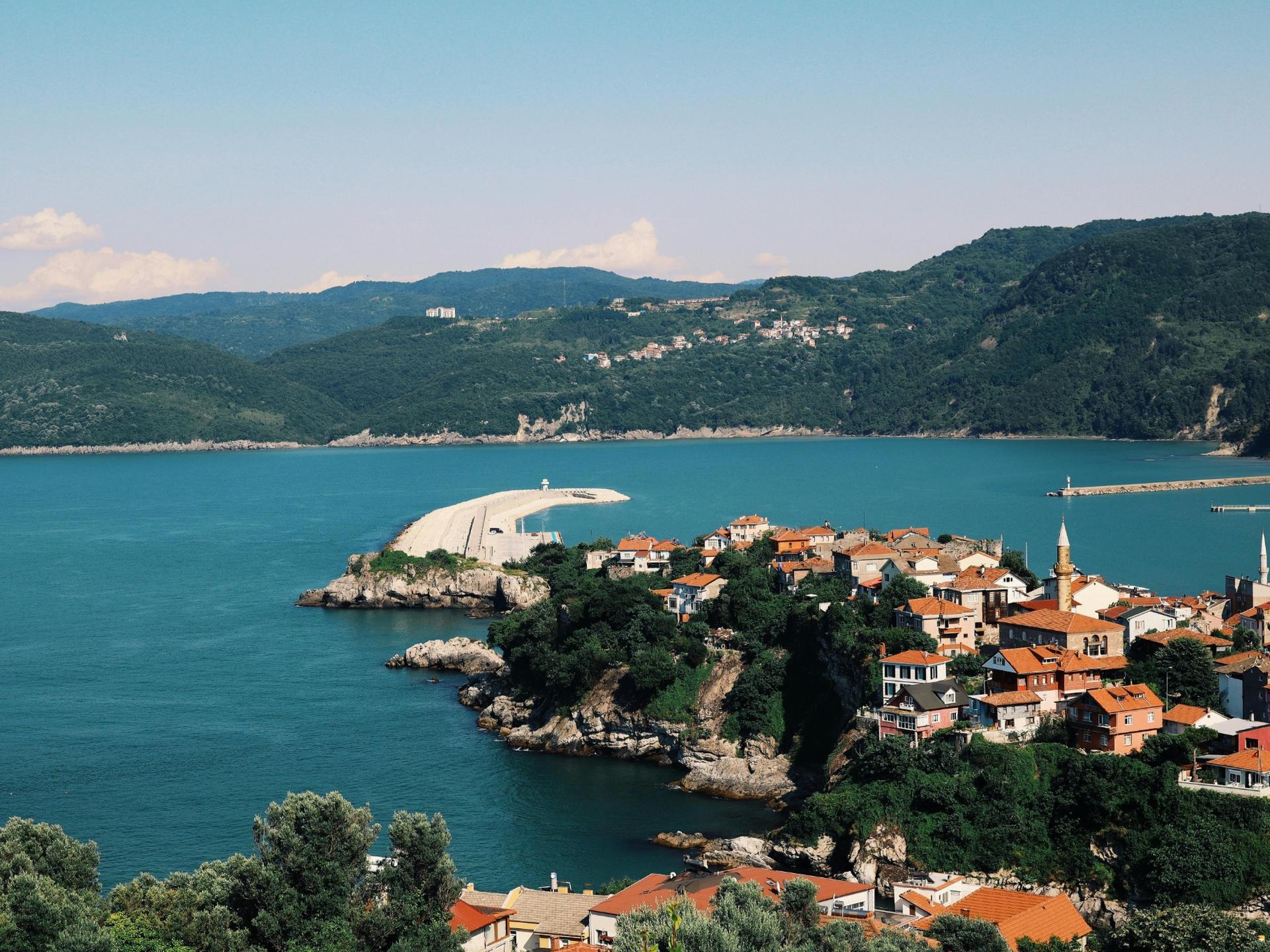
Ancient City of Troy (Çanakkale – Approximately 5 hours)
Immortalized by Homer’s Iliad, Troy is a mesmerizing ancient city where myth and reality intertwine. With thousands of years of history, Troy is one of the most important sites in the world of archaeology, bearing traces of nine different civilizations.
Inscribed on the UNESCO World Heritage List in 1998, Troy greets you with the wooden horse—which is, undoubtedly, the most well-known symbol associated with the city. Yet the true magic is felt inside, as you wander among the ruins of the ancient city. Walking on the land where the famous Trojan War is believed to have taken place is truly a unique feeling. With its walls, temples, and remains of settlements, this is not only an archaeological site but also a repository of humanity’s collective memory.
If you set aside a weekend to come to Çanakkale, first be sure to tour the ancient city, then take a stroll along the Çanakkale waterfront. Sitting at a restaurant overlooking the strait and tasting fresh seafood turns this journey into both a historical and gastronomic discovery—just saying.
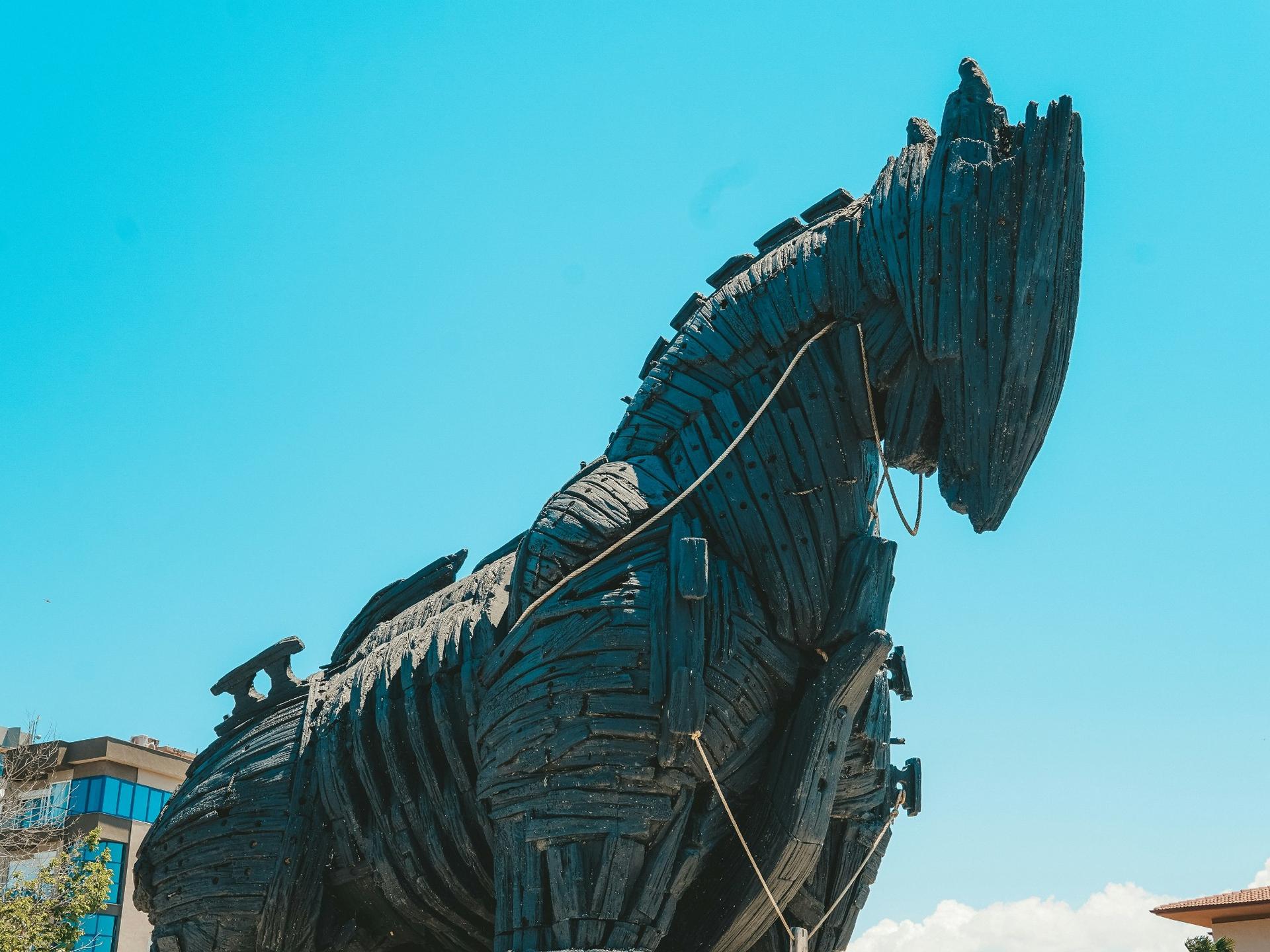
BONUS: The Historic Peninsula – Istanbul
If all of the above still feel a bit far, did you know there is a UNESCO World Heritage Site right in the heart of Istanbul?
Istanbul’s Historic Peninsula was among the first places to make the list, which makes it particularly significant. With its deep-rooted history stretching from Byzantium to the Ottomans, this area is a unique open-air museum that keeps the city’s multi-layered past alive. The majestic Hagia Sophia, the historic texture of Sultanahmet Square, the elegance of the Süleymaniye Mosque, and the splendor of Topkapı Palace are among the pieces of this heritage protected by UNESCO.
The Historic Peninsula is not only for foreign tourists; it is also one of the most special ways for all Istanbulites to connect with their past. By visiting this area where traces of different cultures intertwine, you can witness one of humanity’s most precious treasures.
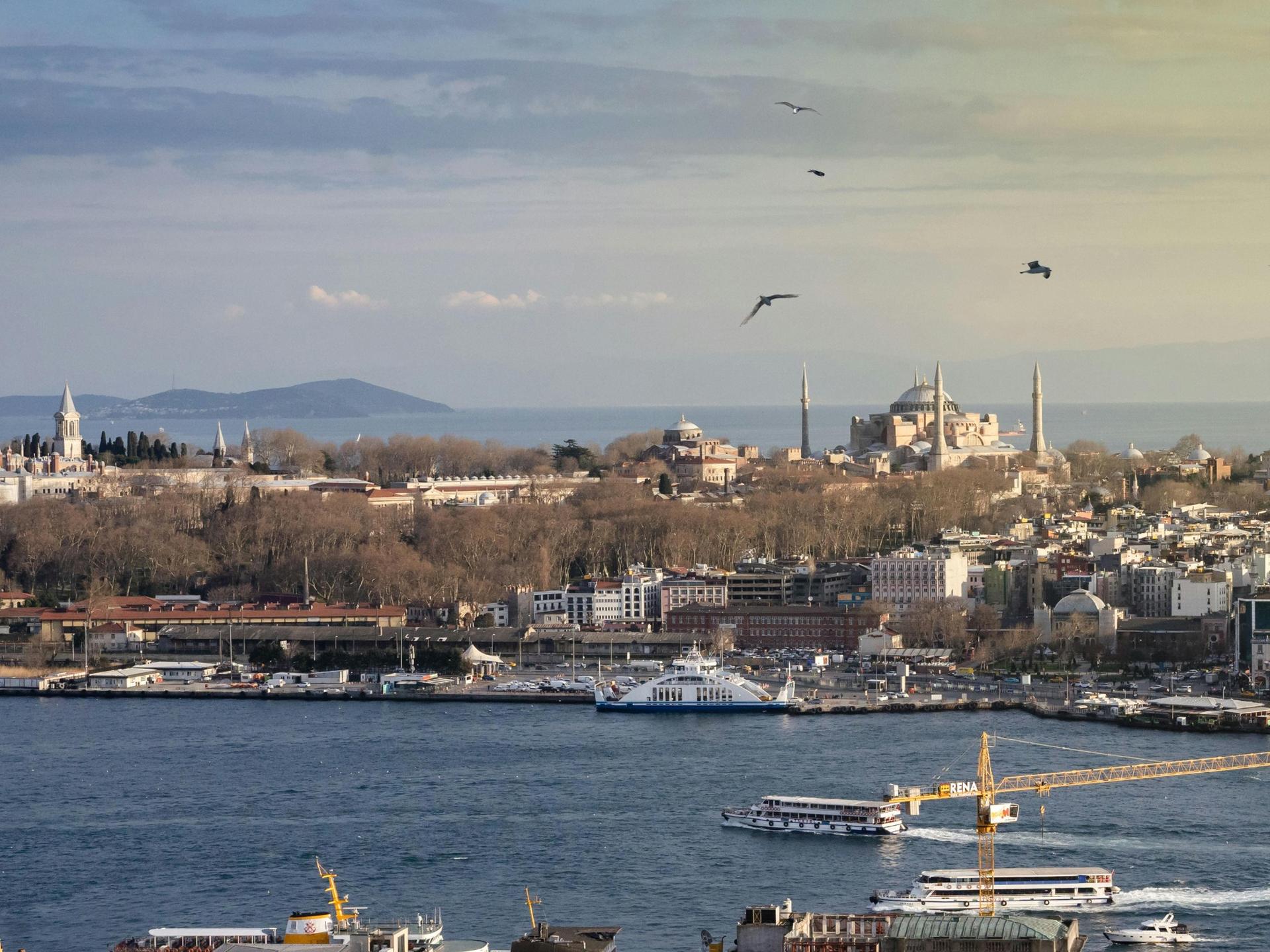
Why Visit?
Traveling to UNESCO sites is actually a kind of journey through time. Imagine standing before a stone wall and realizing you’re sharing the same view as the people who passed by hundreds of years ago. Even that alone is more than enough to make this journey far more meaningful than an ordinary trip.
And UNESCO sites are not just about history. By visiting them, you get to explore culture, nature, and daily life all together. Being awestruck by the grandeur of Selimiye’s dome, savoring your fish while breathing in the distinctive scent of the Black Sea in Amasra, sipping coffee in the shade of an old mansion in Safranbolu… Don’t these all show that what we call heritage is still a living part of us?
This is precisely why visiting the places protected by UNESCO means looking at the world with a different perspective, forming a different bond with the past, and better understanding our present. In short, exploring UNESCO heritage is not just about “seeing,” but about feeling, learning, and remembering.



 Türkçe / TR
Türkçe / TR 中国人 / ZH
中国人 / ZH РУССКИЙ / RU
РУССКИЙ / RU عربى / AR
عربى / AR Deutsch / DE
Deutsch / DE Français / FR
Français / FR Español / ES
Español / ES

